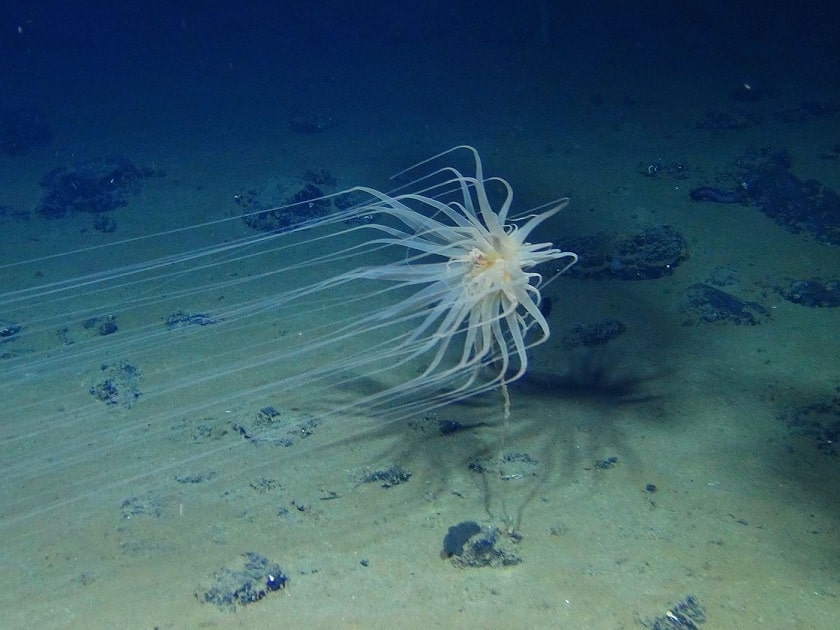
1. Scientists Discover 5,500 Deep-Sea Creatures in Pacific Zone Potentially Threatened by Mining
Scientists have discovered a diverse community of over 5,500 deep-sea creatures in the Pacific Ocean’s under-studied Clarion-Clipperton Zone (CCZ) that could soon be under threat. Though the CCZ spans as wide as the continental United States, approximately 90% of its animals have yet to be described by scientists. The CCZ is rich in metals used for solar panels and electric vehicle batteries, such as cobalt, manganese, nickel, copper and zinc, making mining attractive for supporting clean energy initiatives.
Concerns have emerged over exploring and documenting the area’s biodiversity before mining activities are authorized, given its potential impact on the deep-sea environment. Concerns include habitat destruction and the release of toxic sediments. Though deep-sea mining in international waters is illegal, the International Seabed Authority has already awarded mining exploration contracts in the CCZ, prompting calls for further research.
Thank you for your generous gift that will help us continue the production of this weekly, free publication
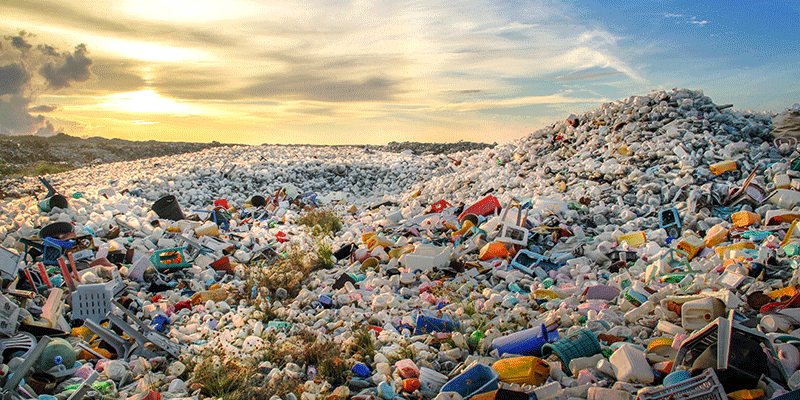
2. Nigeria: Plastic Pollution Alarm
An environmental expert, Mr. Olalekan Adio has called on the Federal Government to take necessary pragmatic steps to reduce the current rate of plastic pollution in the country due to its consequential effects on the health of citizens and the ecosystem. He made the remarks while educating a cross-section of students on the danger of plastic pollution as part of activities to commemorate this year’s World Environmental Day.
He called on Nigerians to emulate the habit of reducing plastic consumption, and other activities damaging to the environment. In a remark, the Executive Director, of Environmental Management and Development Trust, Dr. Owolabi Oluwfemi said the programme was to catch the students young and inculcate the habit of proper hygiene into them. In a separate interview, some of the students and their teachers described the lecture as an eye-opener and promised to maintain a hygienic environment.

3. Arctic Sea-Ice-Free by the 2030s?
In a new study, scientists found that the climate milestone could come about a decade sooner than anticipated, even if planet-warming emissions are gradually reduced. The first summer on record that melts practically all of the Arctic’s floating sea ice could occur as early as the 2030s, according to a new scientific study – about a decade sooner than researchers previously predicted.
The peer-reviewed findings, published Tuesday, also show that this milestone of climate change could materialize even if nations manage to curb greenhouse gas emissions more decisively than they are currently doing. Earlier projections had found that stronger action to slow global warming might be enough to preserve the summer ice. The latest research suggests that, where Arctic sea ice is concerned, only steep, sharp emissions cuts might be able to reverse the effects of the warming already underway.
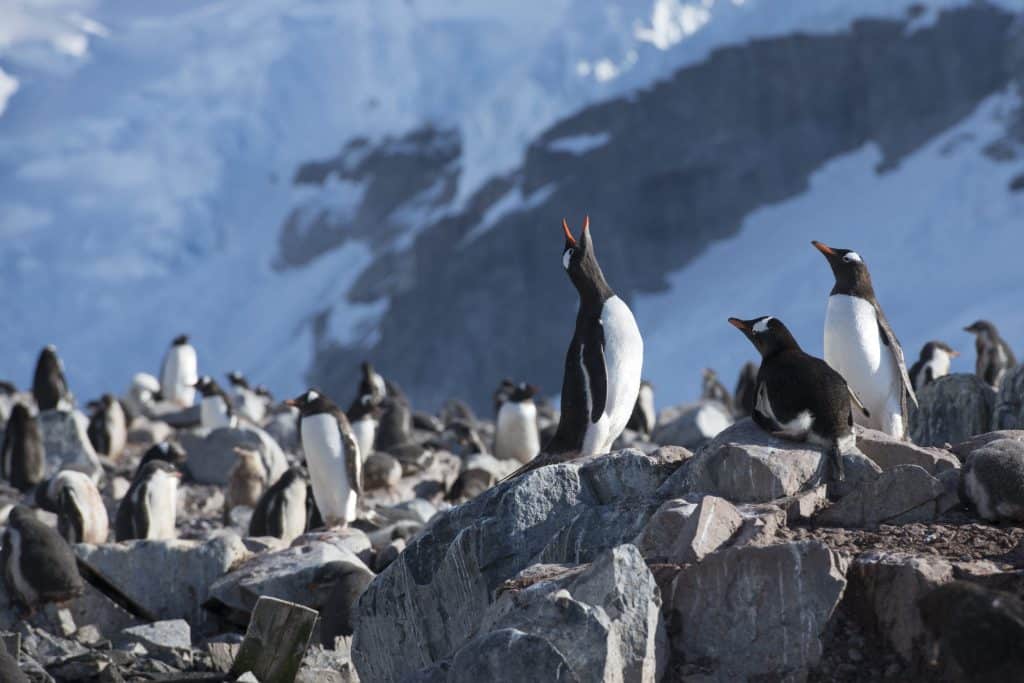
4. Southern Ocean Heats up, the Race Is on to Protect Marine Life
As Earth’s atmosphere continues to warm, biodiversity in the global ocean is increasingly at risk. Previous studies have shown the Southern Ocean has absorbed the vast majority of excess heat and emissions to slow the effects of climate change. But that absorption comes at a cost. Later this month, representatives from 27 nations representing the Commission for the Conservation of Antarctic Marine Living Resources (CCAMLR) will meet in Santiago, Chile to try establishing additional marine protected areas (MPAs) in the Southern Ocean.
What role does the Southern Ocean play in the global ecosystem? The Southern Ocean surrounds Antarctica, and it makes up about 10% of the global ocean. Of all the oceans, some might argue that the Southern Ocean is potentially the most important at regulating the climate. It’s been storing heat and carbon––and because it’s been storing so much, it’s warming.

5. World Environment Day Brings Plastic Pollution Solutions Into Focus
Individuals, communities, civil society, businesses, and governments around the world marked World Environment Day with a focus on solutions to plastic pollution; this is particularly timely, following the recent conclusion of a second round of negotiations on a global agreement to end plastic pollution in France. 2023 marks the 50th anniversary of World Environment Day after it was established by the United Nations General Assembly in 1972.
Over the past five decades, with the UN Environment Programme (UNEP) at the helm, the day has grown to be one of the largest global platforms for environmental outreach. Millions of people participate online and through in-person activities, events, and actions around the world. According to a recent UNEP report, Turning Off the Tap, plastic pollution could reduce by 80 percent by 2040 if countries and companies make deep policy and market shifts using existing technologies.
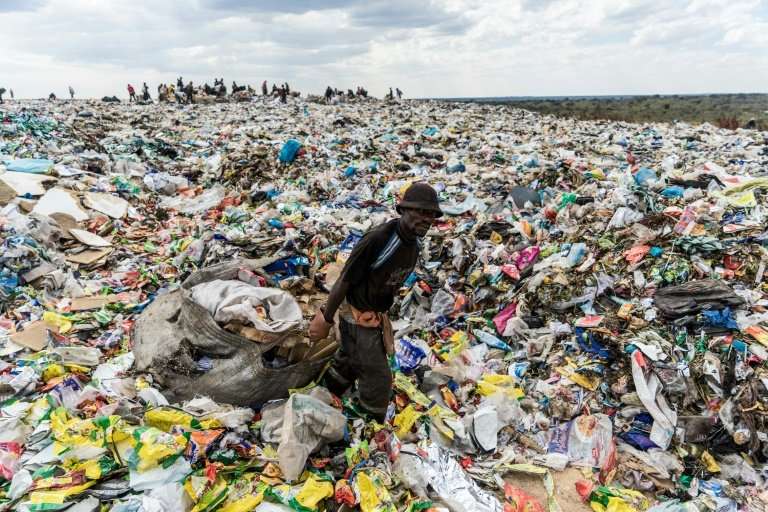
6. Zimbabwe: Plastic Pollution – What Zim Needs to Do
Since time immemorial, plastic bags have been used for carrying goods and packaging. Zimbabwe “banned” the use of plastics, especially kaylite. The ban targeted plastic bags that are not less than 30 microns for bread packaging and other consumables. This ban has been partial since it did not call off plastic bags completely from the system but gave minimum restrictions. A decade after the ban was announced, neither plastic carrier bags nor kaylite have completely disappeared.
To increase compliance, there is a need to put proper monitoring structures to track the environmental benefits of the ban for an accurate before-and-after picture. Zimbabwe should move with speed in imposing extended producer responsibility for the waste. All manufacturers should be made to assume responsibility for the entire life cycle of the waste they emit into the environment. Polluters must pay for the cleaning of the environment.
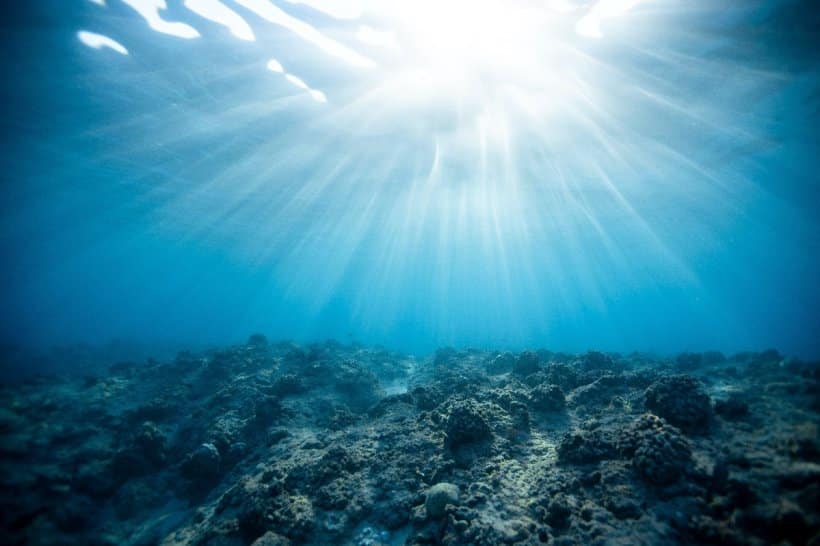
7. World Oceans Day 2023: Reflecting on the 30×30 Initiative, High Seas Treaty While Encouraging Action Toward Sustainability
In a video message for World Oceans Day 2023, United Nations Secretary-General António Guterres reminds a global audience of the current state of our oceans, highlighting points of progress toward ocean sustainability as well as goals that have yet to be accomplished. Guterres emphasizes that human-induced climate change threatens marine ecosystems, while also disrupting weather patterns and ocean currents.
He further points out that overfishing, exploitation, and ocean acidification endanger marine biodiversity. However, Guterres asserts that “the tides are changing,” noting that in 2022, the UN adopted a global target to protect 30 percent of the planet’s land and oceans by 2030. He also emphasizes the agreement reached on the key High Seas Treaty, which focuses on conserving and sustainably using marine biodiversity outside national borders. Guterres’ address promotes collective commitment and unity toward ocean conservation, as well as ongoing action to prioritize ocean sustainability.
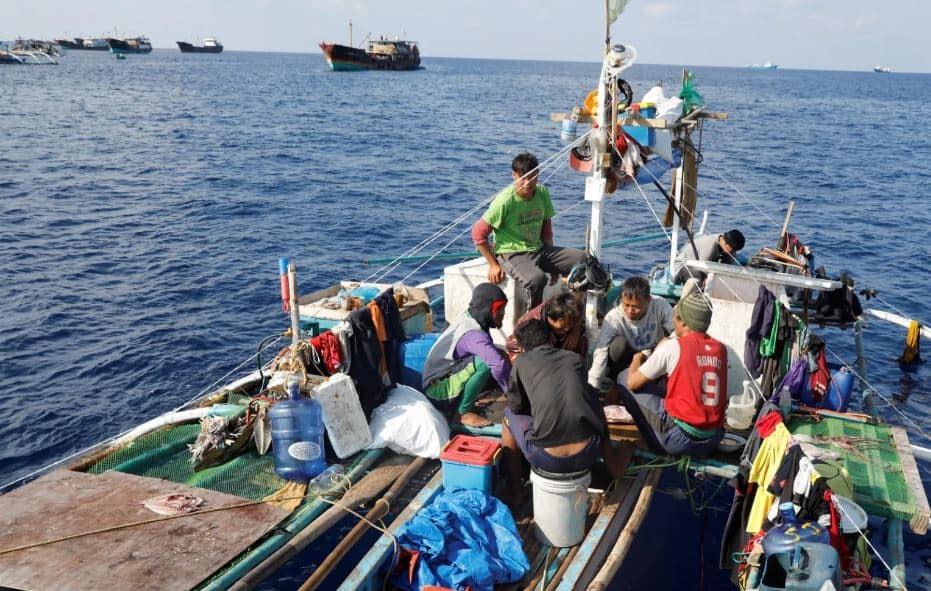
8. ASEAN and China Collaborate to Support Marine Protected Areas in South China Sea
Association of Southeast Asian Nations (ASEAN) and China are collaborating on creating marine protected areas (MPAs) in the South China Sea to preserve its resources amid concerns over climate change, illegal, unreported and unregulated fishing, and habitat destruction. These MPAs aim to provide refuge for marine life, bolster fish stocks, and promote environmental sustainability. Nearly 34% of the planet’s most biologically diverse coral reefs are located in Southeast Asia.
China has joined ASEAN in implementing over 270 MPAs to conserve and restore coastal ecosystems. Challenges remain, including limited resources and socioeconomic impacts. However, these MPAs contribute to biodiversity conservation and foster peace and cooperation. Establishing a regional network of MPAs can alleviate tensions and enhance collaboration. By prioritizing marine science cooperation and ecological preservation, the region aims for sustainable practices and a prosperous future for its oceans.
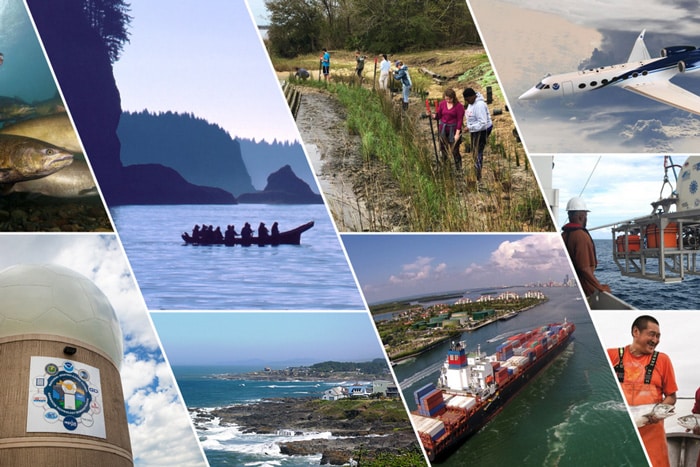
9. U.S. Announces $2.6 Billion Framework to Protect Coastal Communities and Restore Marine Resources
The United States Department of Commerce has introduced a $2.6 billion plan to enhance coastal resilience as part of the Biden administration’s Inflation Reduction Act. This initiative aims to support communities and address climate change impacts, with a particular focus on environmental justice and Tribal priorities. The investment will improve weather and climate data, support conservation efforts, and strengthen the National Oceanic and Atmospheric Administration’s (NOAA) research capabilities.
In the realm of ocean conservation, this work will enable NOAA to build dynamic fisheries management systems that incorporate climate and ecosystem environmental data to support management decisions. Other programs include regional grants for coastal resilience, support for Tribal habitat restoration and fish populations, and a climate resilience accelerator for businesses. The investment reinforces the commitment to NOAA’s mission and is poised to empower communities to address climate risks and thrive in the future.
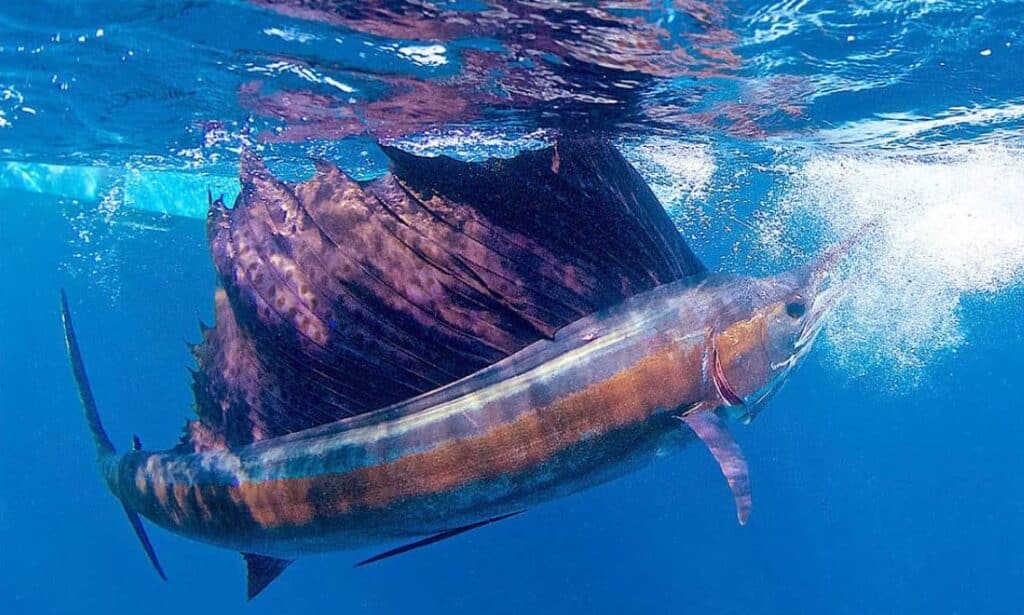
10. Concerns Arise Over Loopholes in Costa Rican Fisheries Regulations
Concerns have arisen regarding loopholes in the regulations overseen by the Costa Rican Fisheries and Aquaculture Institute (INCOPESCA), the government agency responsible for managing the country’s fisheries. INCOPESCA has introduced a distinction between commercial tourist fishing and recreational fishing, sparking debates about the inclusion of charter boats and potential limitations on sailfish fishing.
Research indicates a decline in catch and release rates among sport fishermen, while commercial landings of sailfish have increased significantly, resulting in the estimated annual death of thousands of sailfish. Congressman Eli Feinzaig has proposed a bill designating sailfish as a national symbol for economic development, clarifying that it does not imply absolute protection or a ban on sport and tourist fishing. Some proponents argue for a complete ban on sailfish sales to protect the sailfish population and sustain the thriving tourism industry.
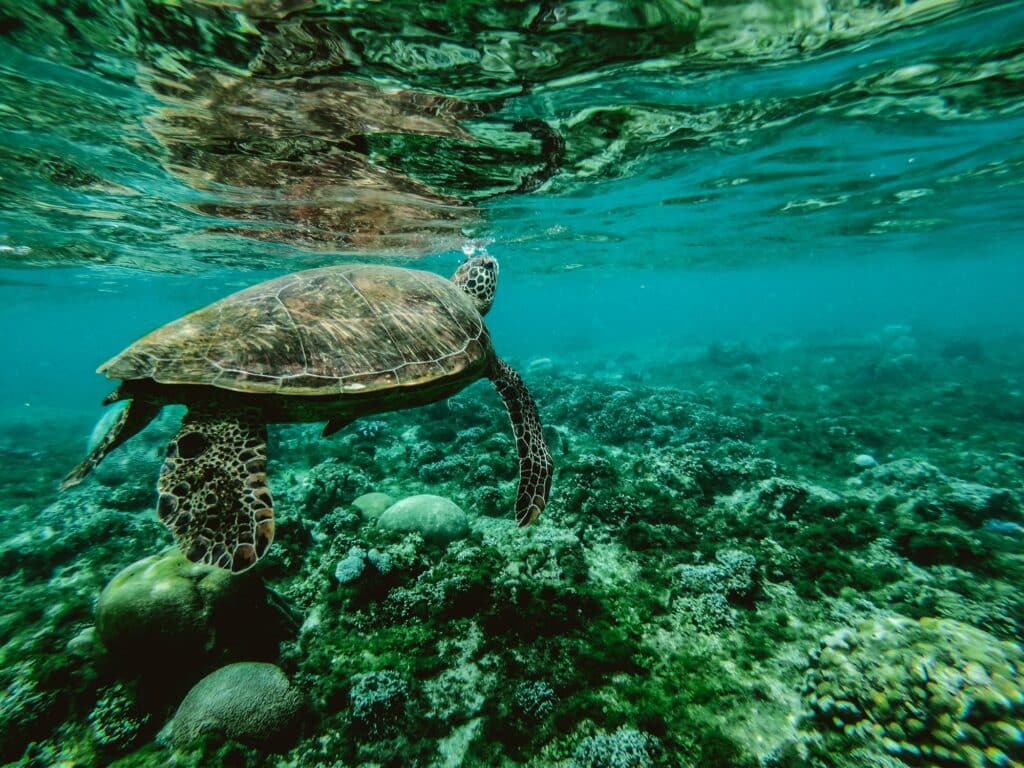
11. Australian Government to Eliminate Gill Net Fishing in the Great Barrier Reef
Australia’s government has announced it will phase out gill net fishing in the Great Barrier Reef. The world’s largest coral reef system, recognized as a United Nations Educational, Scientific and Cultural Organization World Heritage Area, is home to a large population of diverse marine life. The $160 million package aims to eliminate commercial gill net fishing, known to harm the reef. By the middle of 2027, most gill nets will be removed, creating a “Net-Free Reef” where threatened species can swim freely.
The plan will also implement independent data validation to improve bycatch monitoring. Hammerhead sharks will also be declared a commercial fishery “no-take” species. Conservation organizations support the move, emphasizing the importance of protecting vulnerable marine species and ensuring the reef’s long-term health. The government’s commitment aligns with efforts to boost local fish populations and safeguard the Great Barrier Reef’s ecological integrity.
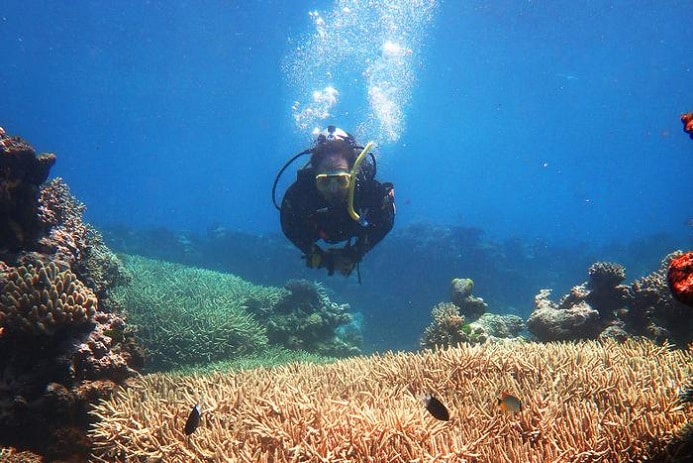
12. Study: Genome Editing Research Contributes to Understanding of Coral Reef Biology
Coral reefs, which provide habitats for a quarter of known marine species, are under threat due to human-caused factors such as pollution and ocean acidification. Ocean acidification makes it difficult for stony corals to build their skeletons, as the decreasing pH of the water inhibits calcification. New research led by Phillip Cleves of the Carnegie Institution for Science uses CRISPR/Cas9 genome editing tools to identify a crucial gene involved in the formation of stony corals’ skeletons.
The study sheds light on the genetic basis of reef architecture in these marine invertebrates. Cleves’ team pinpointed the gene SLC4γ, which transports bicarbonate across cellular membranes, as a crucial element in the initial skeletal development of young coral colonies. The findings contribute to a better understanding of coral biology and offer insights for conservation efforts to protect these fragile ecosystems.
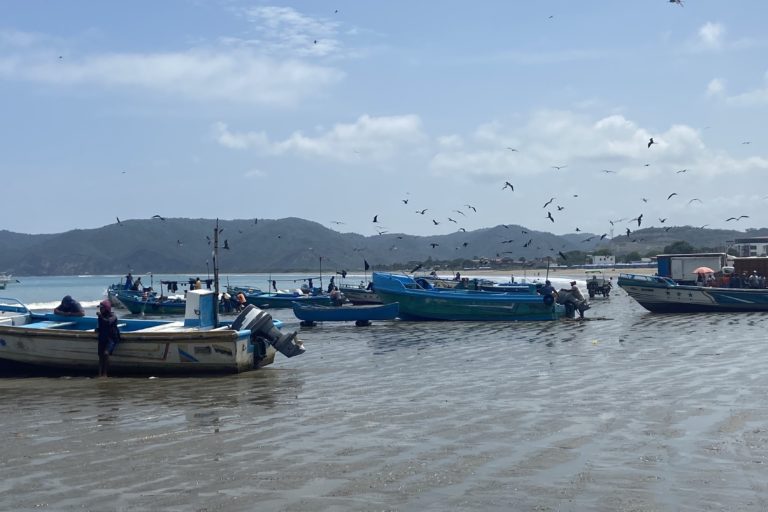
13. Reports Indicate Widespread Illegal Fishing for Fish Meal in Ecuador Marine Reserve
Reports indicate that illegal fishing for fish meal is a significant issue in Ecuador’s Cantagallo-Machalilla Marine Reserve, which houses endangered species like humpback whales. Despite being established in 2015, the reserve lacks an approved management plan. Experts assert that industrial vessels enter the reserve and unlawfully extract small pelagic fish, suitable for human consumption, for the production of fish meal, contravening government regulations and contributing to environmental degradation.
Mongabay Latam’s examination of alerts issued by the Ministry of Production revealed 44 instances of unauthorized fishing within the reserve from late 2020 to early 2022, with several involving repeat offenders. The alleged inaction by authorities and accusations of corruption within the fishing industry worsen the problem, jeopardizing the long-term sustainability of fishing resources and the ecological integrity of the marine reserve.
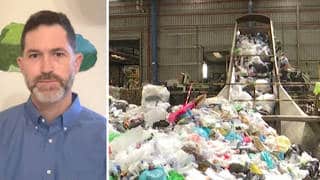
14. Global Plastics Pollution Treaty Advances With Key Decisions Made in Paris Amid Pushback From Oil-Rich Nations
The second round of negotiations for a global treaty on plastics pollution recently concluded in Paris. More than 2,000 people from over 200 countries attended the talks, including lobbyists from the fossil fuel and plastics industries. The discussions initially faced procedural delays raised by oil-producing countries, but ultimately resulted in a mandate for a zero draft of the treaty text. The next negotiations will take place in Nairobi, Kenya, where the specifics of the agreement will be discussed.
Africa, being at the forefront of the battle against plastic pollution and petrochemical exports, holds significant importance in shaping the future of our relationship with plastics. The treaty aims to establish global rules to curtail plastic production and transition toward low-carbon, reuse-based systems. Achieving these goals is crucial as plastic pollution poses severe risks to human health, biodiversity, and the environment.




